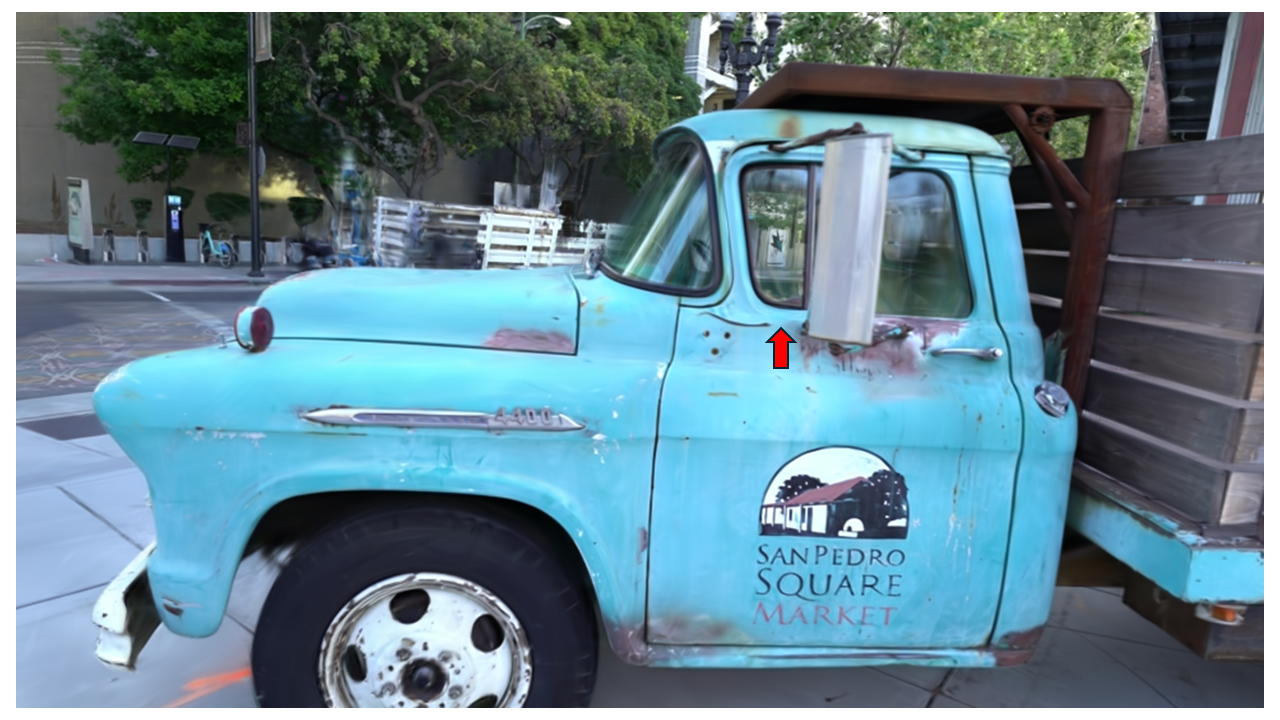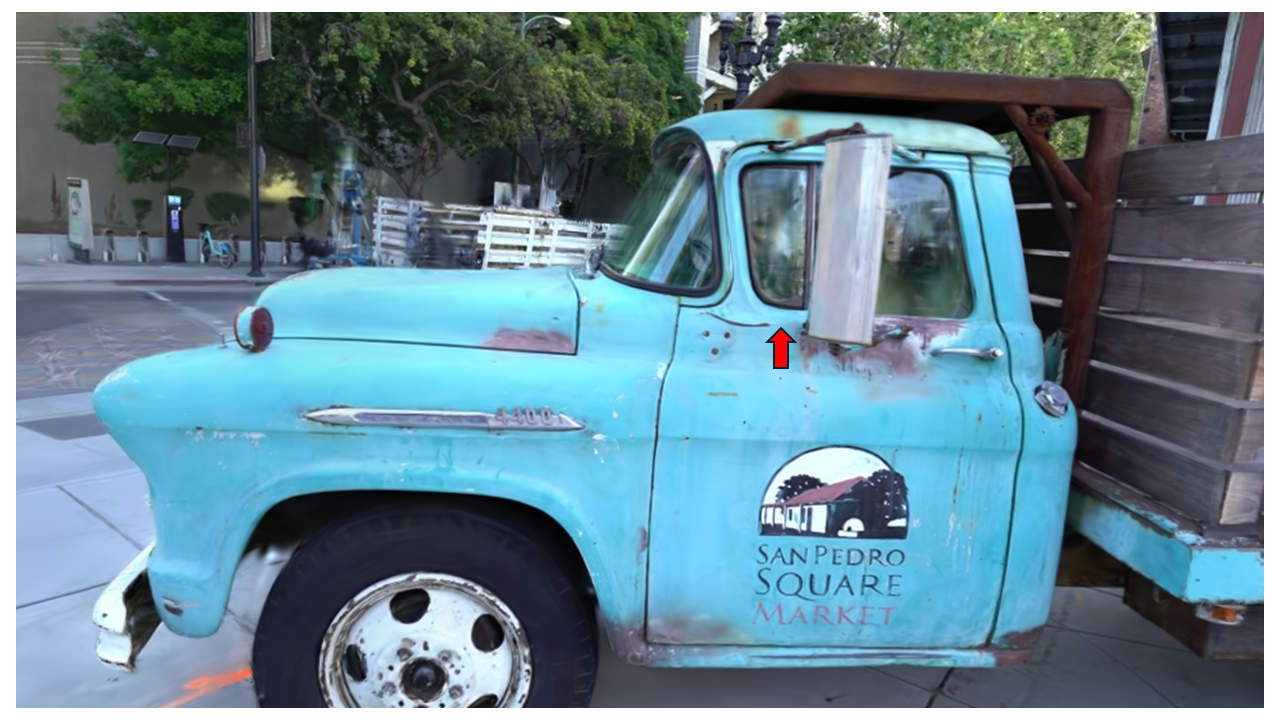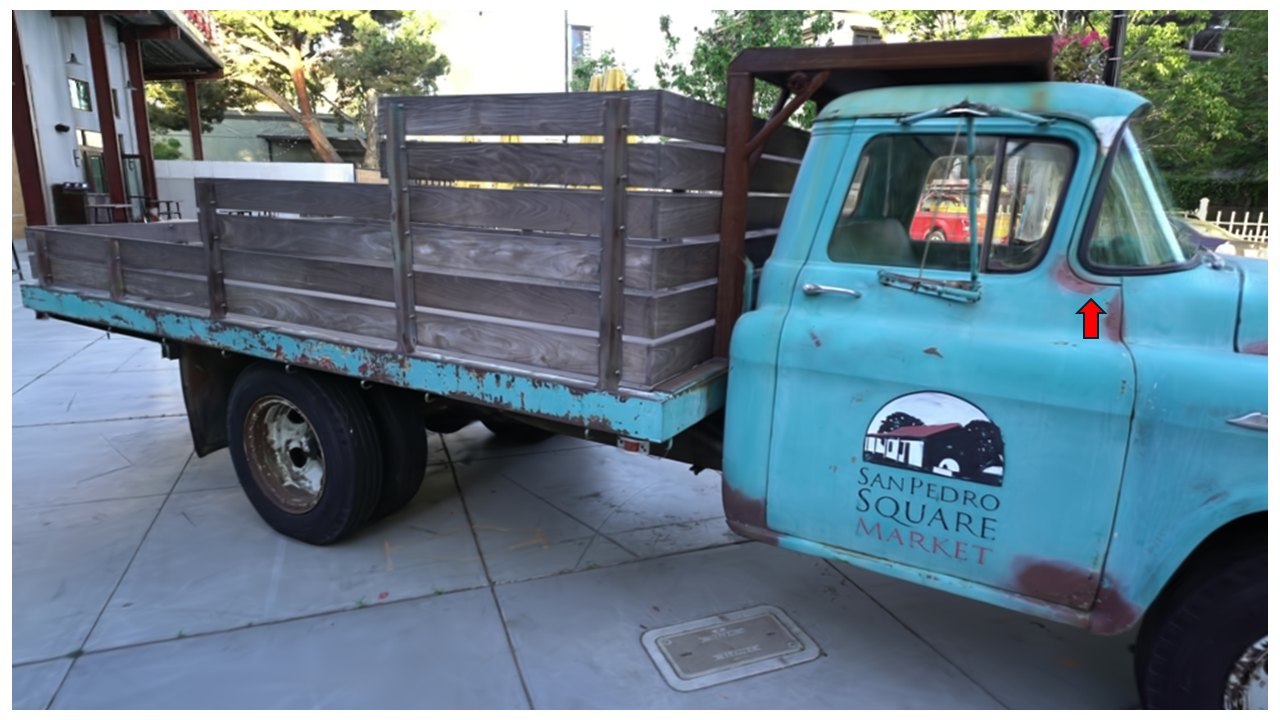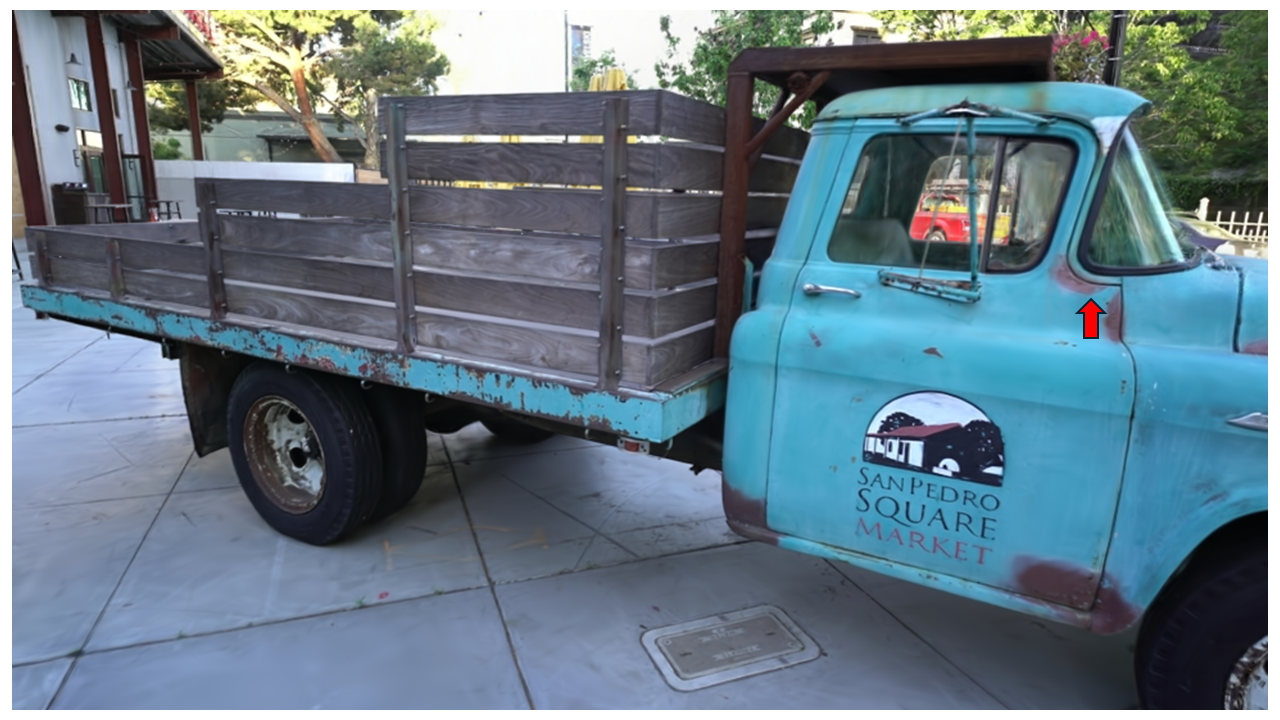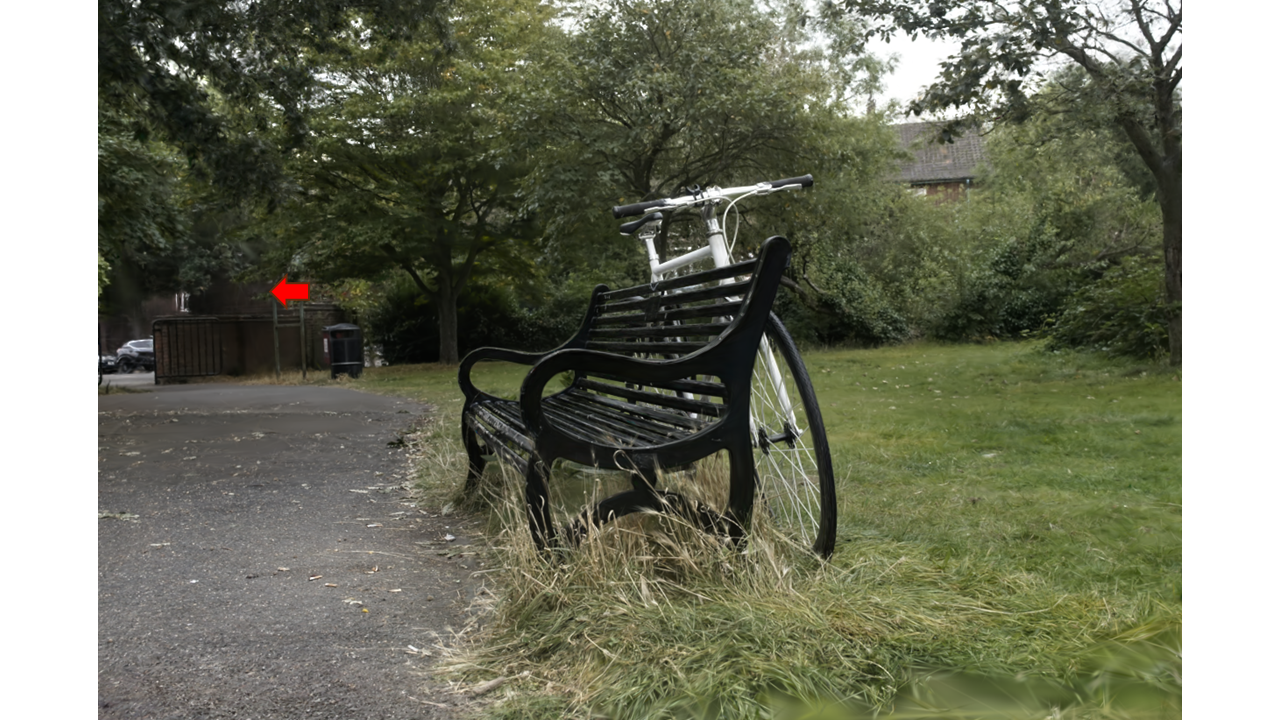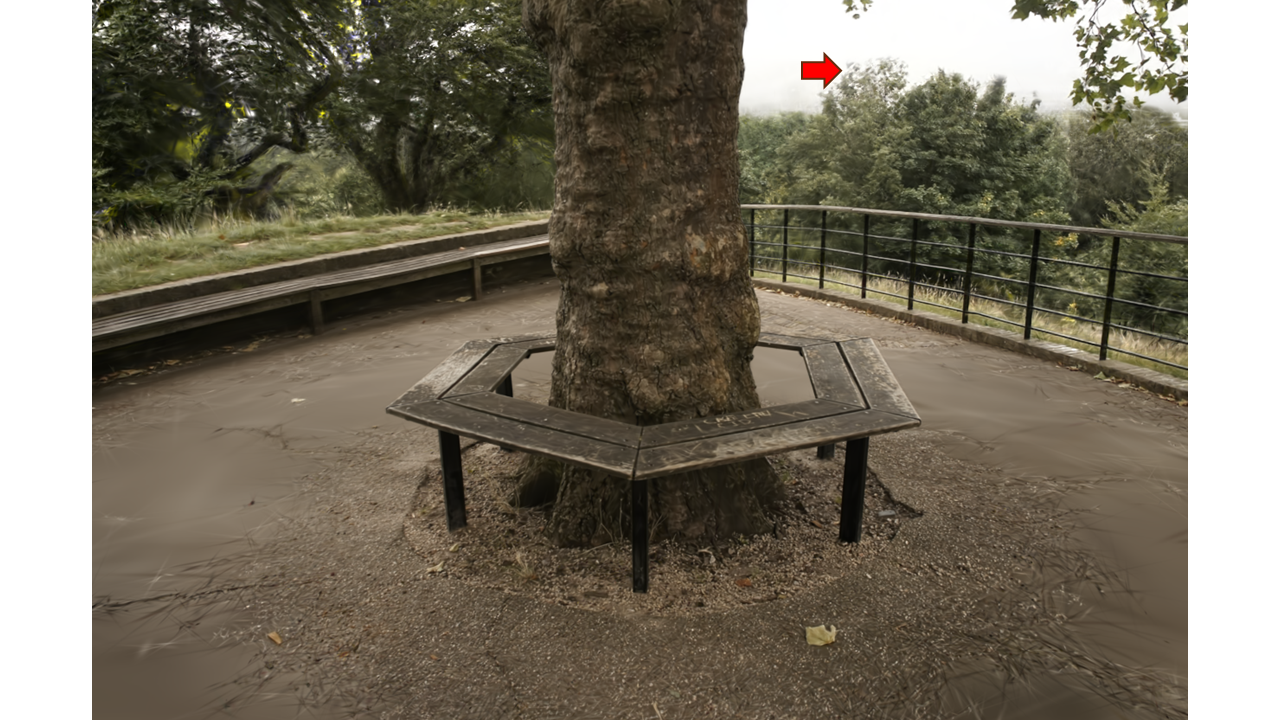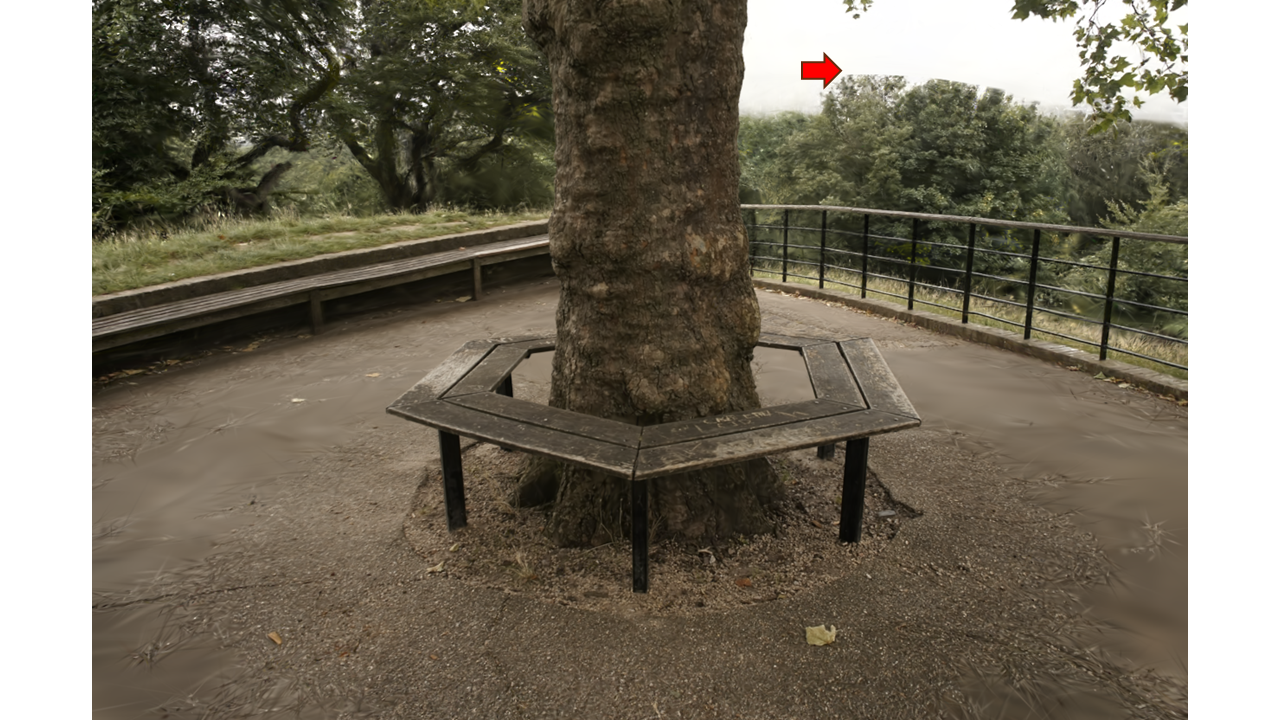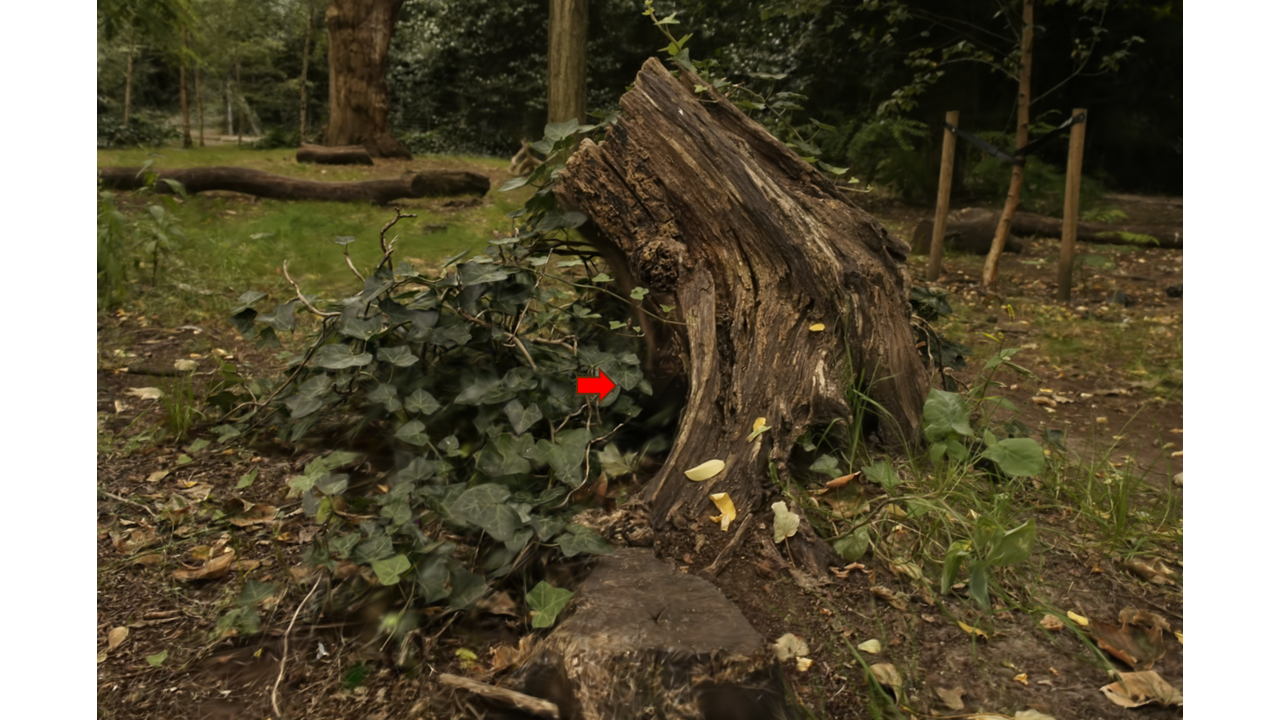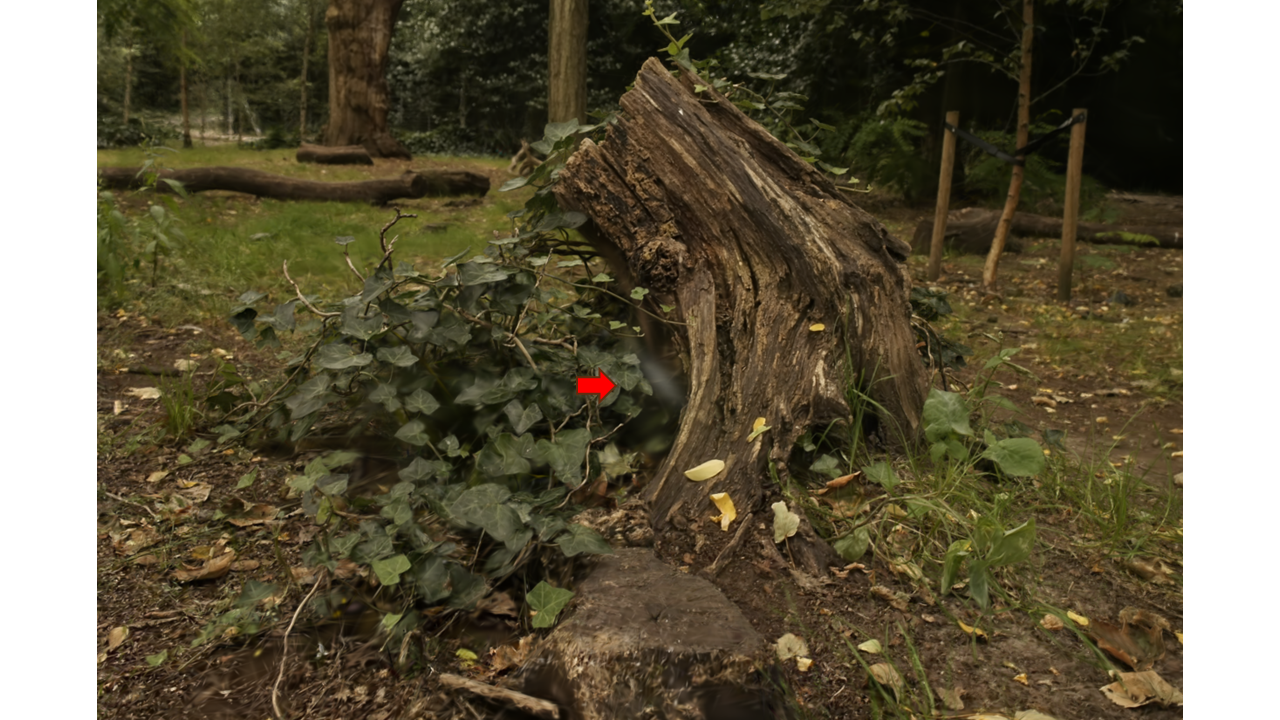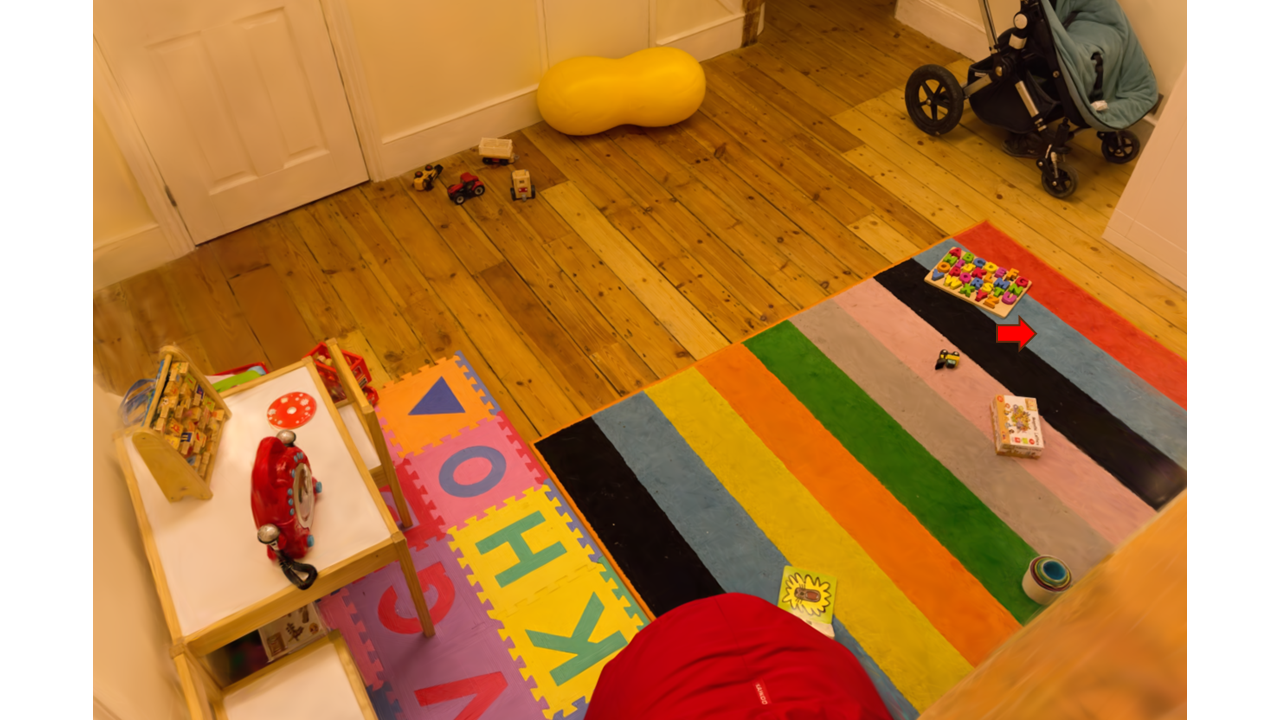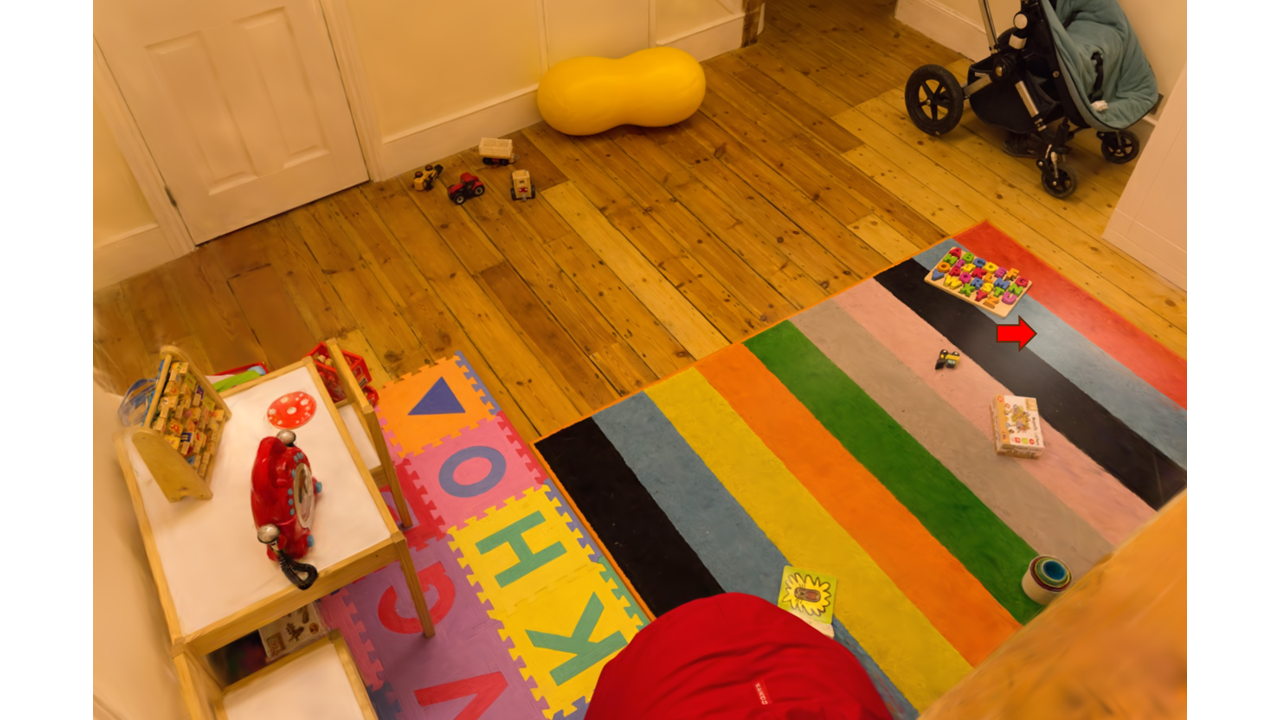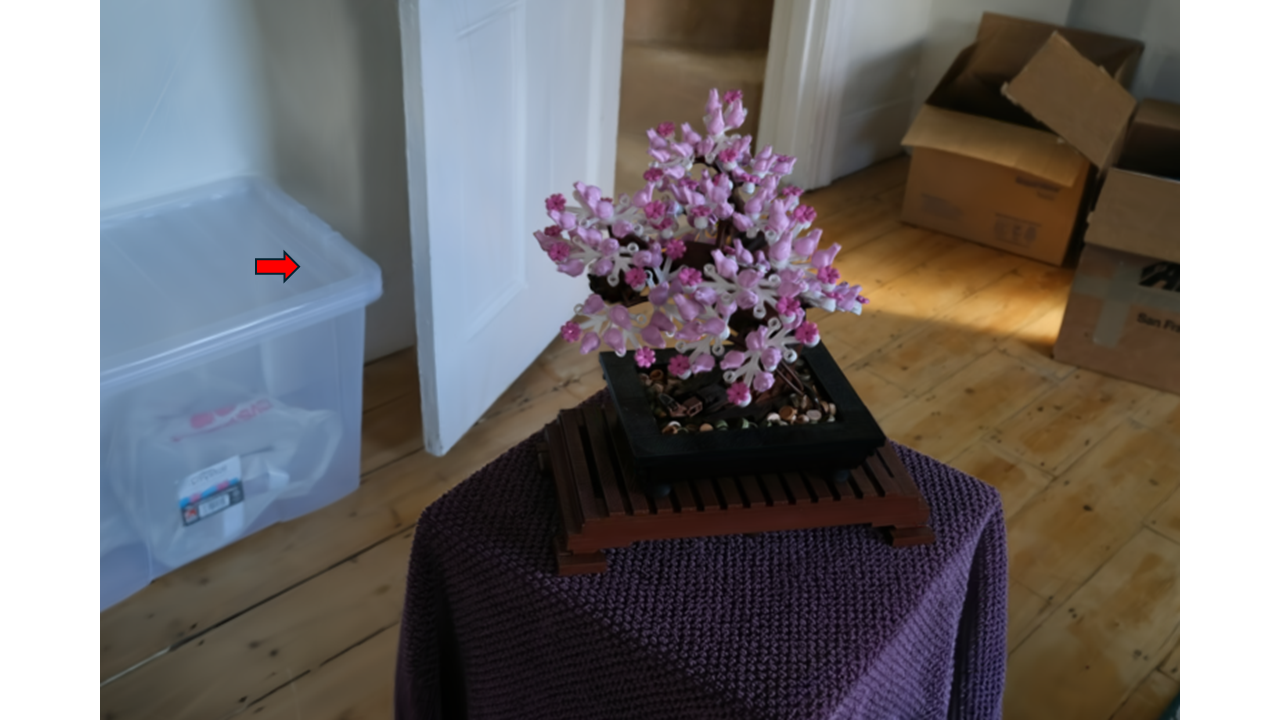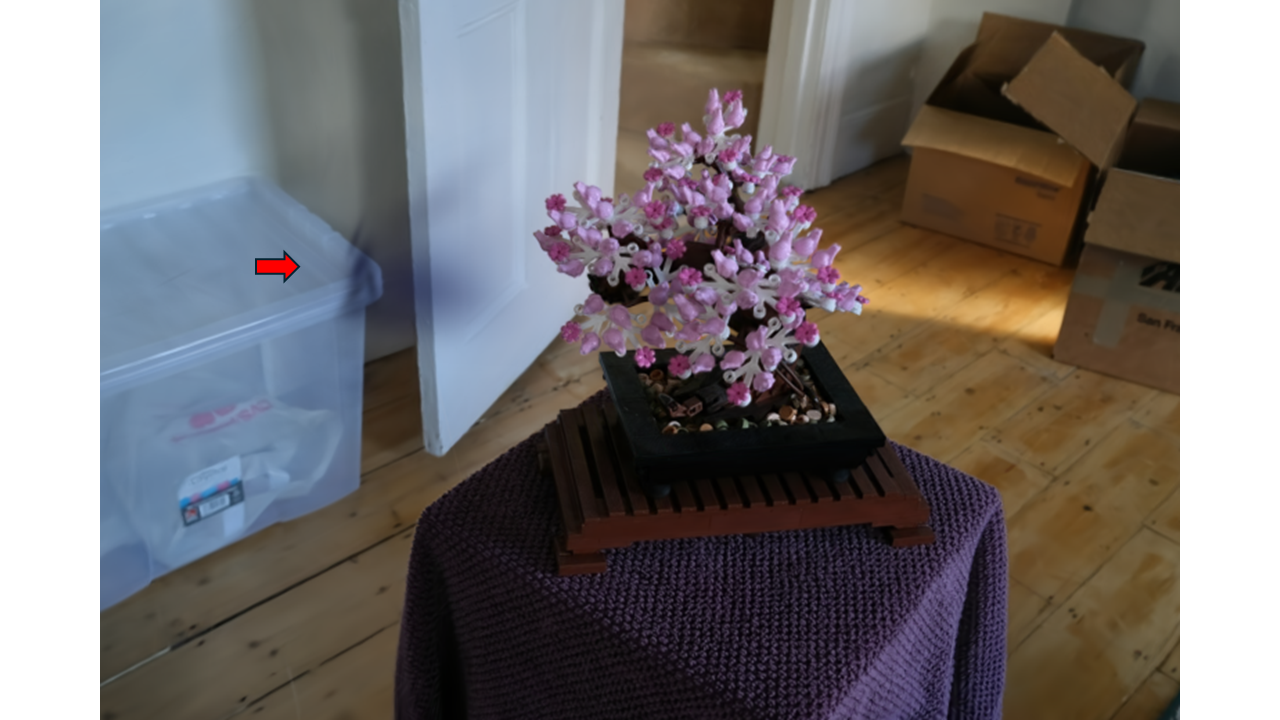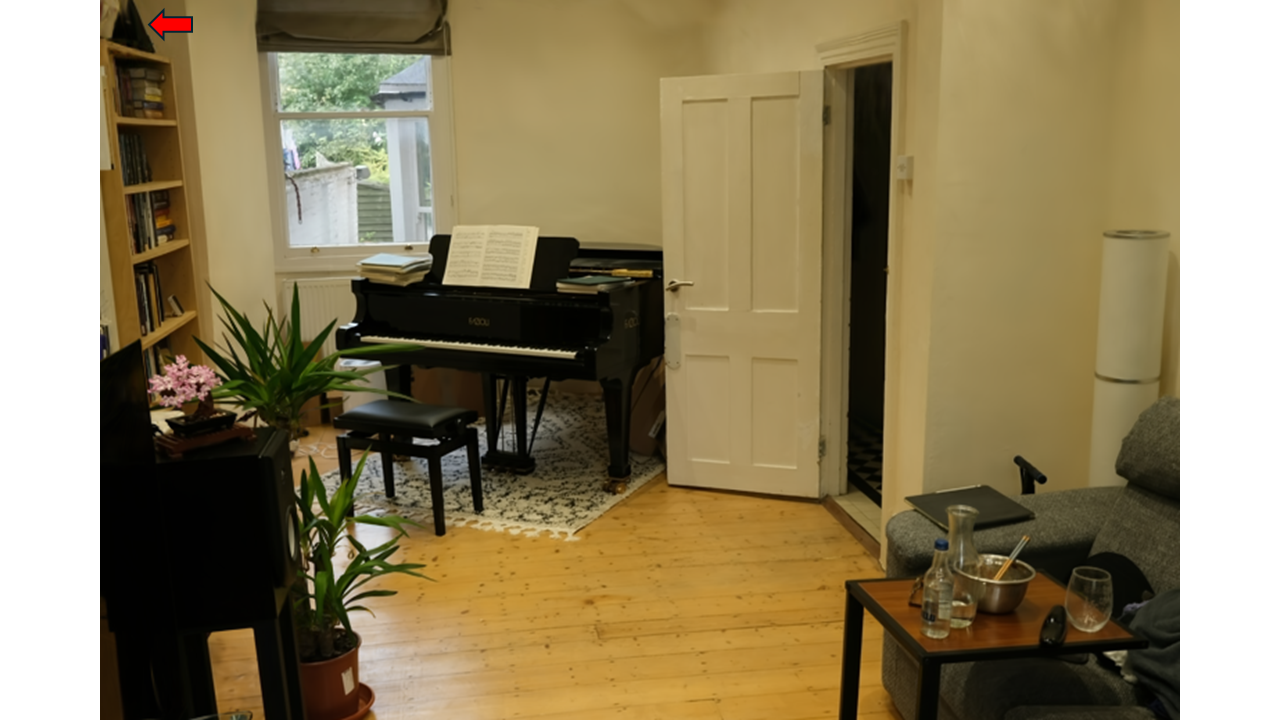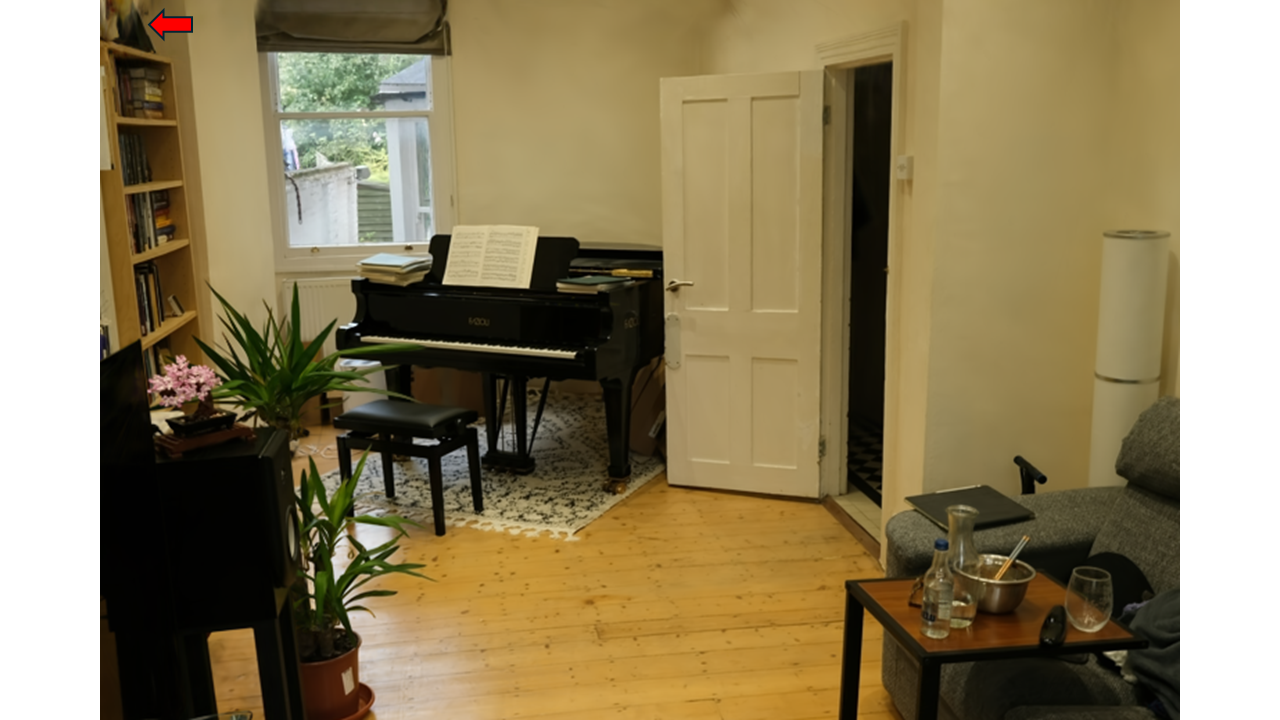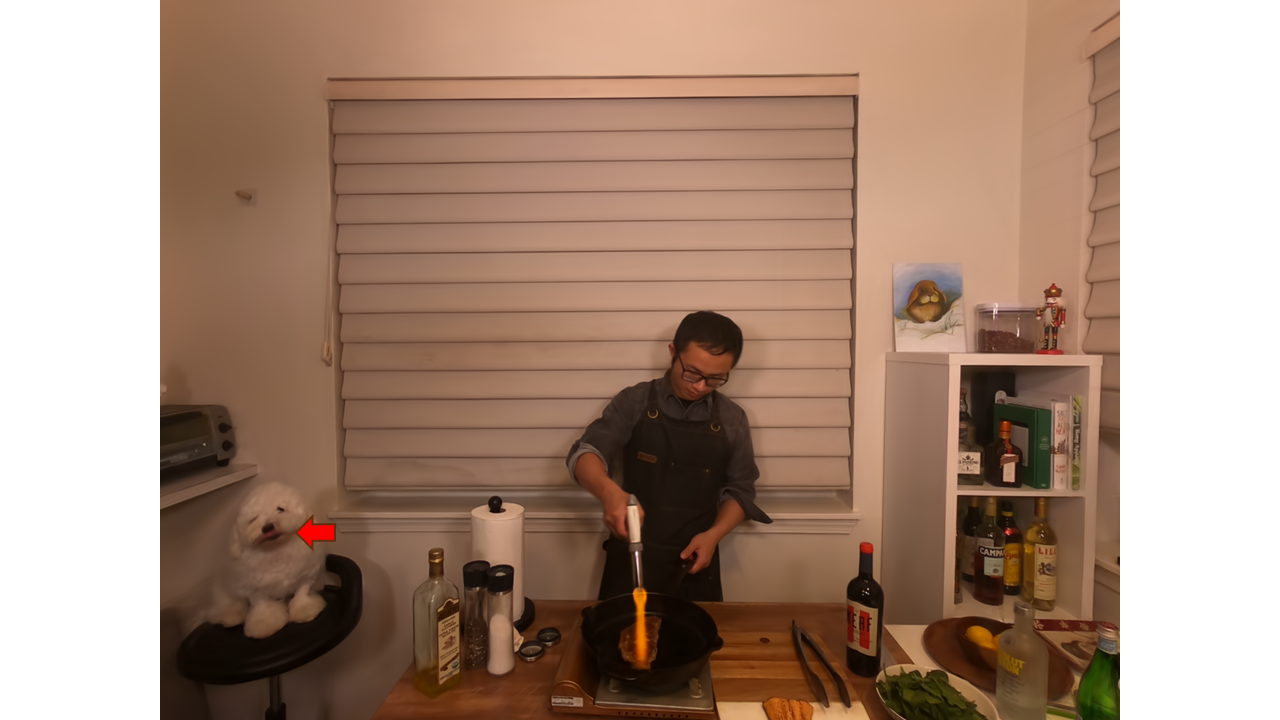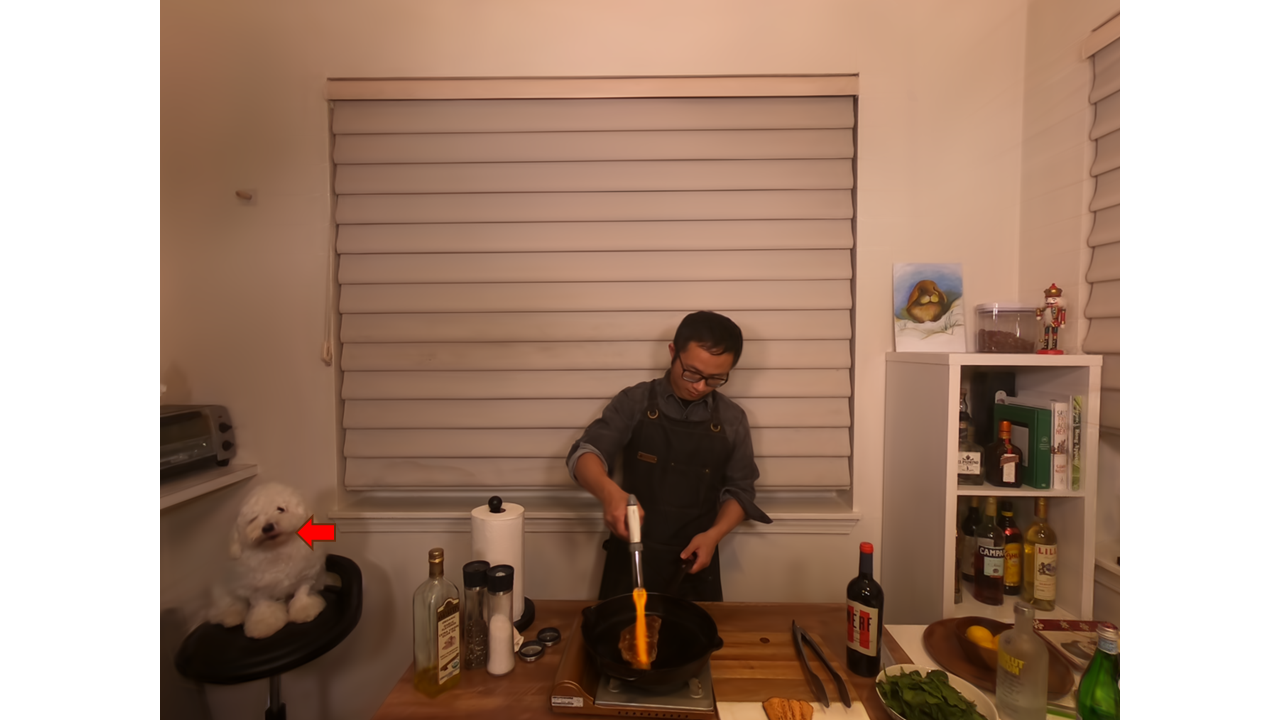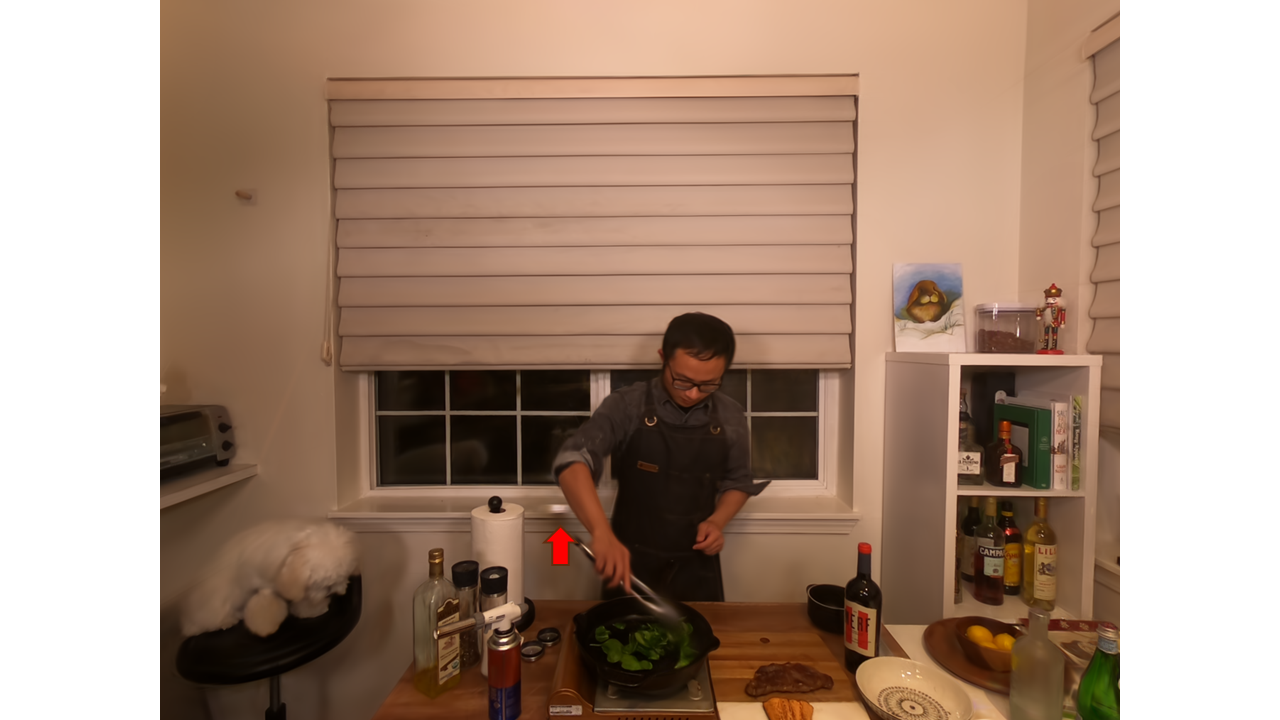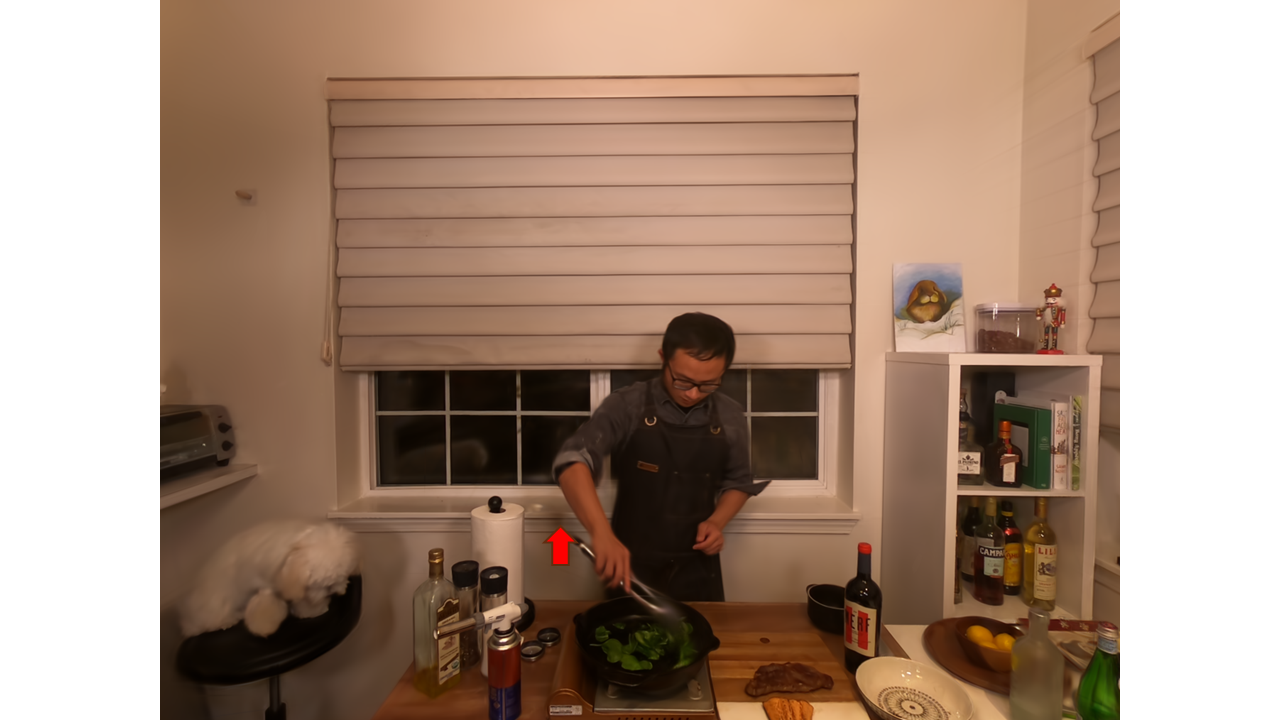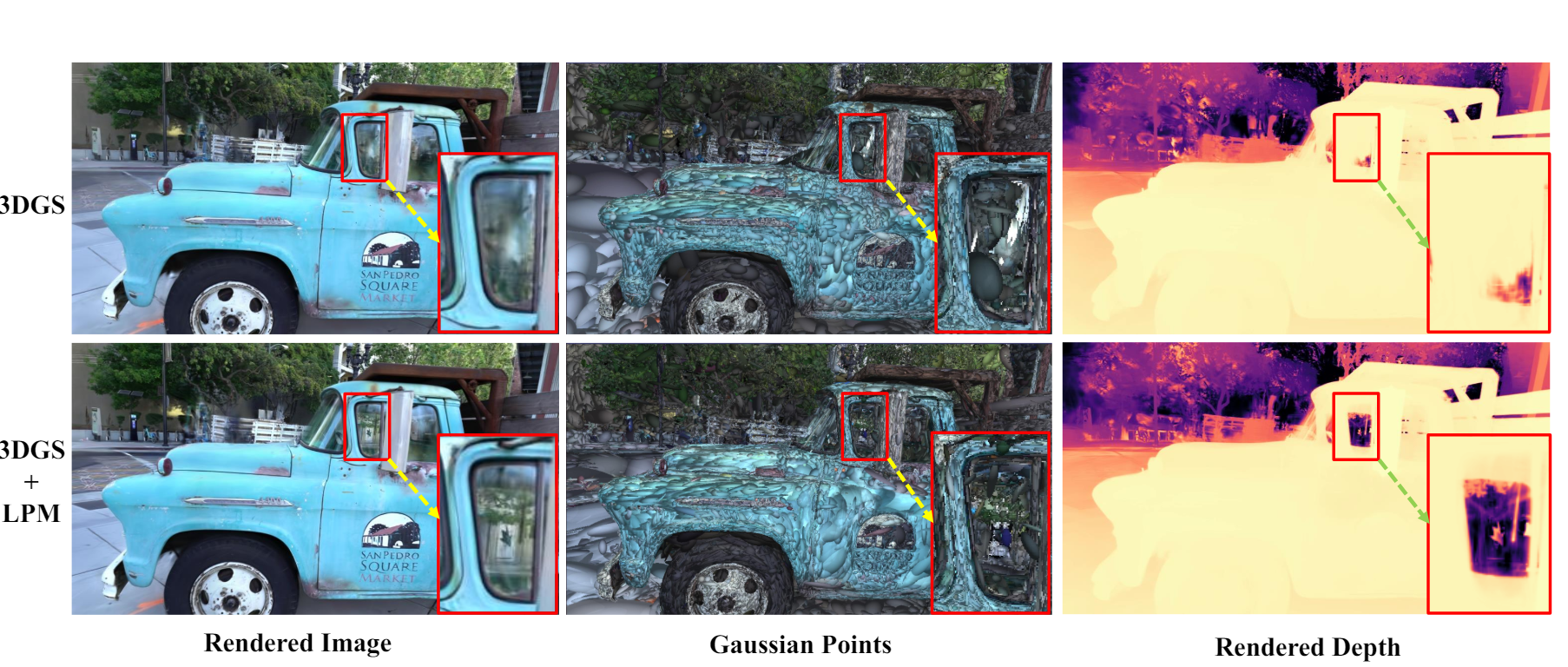
Abstract
Point management is a critical component in optimizing 3D Gaussian Splatting (3DGS) models, as the point initiation (e.g., via structure from motion) is distributionally inappropriate. Typically, the Adaptive Density Control (ADC) algorithm is applied, leveraging view-averaged gradient magnitude thresholding for point densification, opacity thresholding for pruning, and regular all-points opacity reset. However, we reveal that this strategy is limited in tackling intricate/special image regions (e.g., transparent) as it is unable to identify all the 3D zones that require point densification, and lacking an appropriate mechanism to handle the ill-conditioned points with negative impacts (occlusion due to false high opacity). To address these limitations, we propose a Localized Point Management (LPM) strategy, capable of identifying those error-contributing zones in the highest demand for both point addition and geometry calibration. Zone identification is achieved by leveraging the underlying multiview geometry constraints, with the guidance of image rendering errors. We apply point densification in the identified zone, whilst resetting the opacity of those points residing in front of these regions so that a new opportunity is created to correct ill-conditioned points. Serving as a versatile plugin, LPM can be seamlessly integrated into existing 3D Gaussian Splatting models. Experimental evaluation across both static 3D and dynamic 4D scenes validate the efficacy of our LPM strategy in boosting a variety of existing 3DGS models both quantitatively and qualitatively. Notably, LPM improves both vanilla 3DGS and SpaceTimeGS to achieve state-of-the-art rendering quality while retaining real-time speeds, outperforming on challenging datasets such as Tanks & Temples and the Neural 3D Video Dataset.
Method
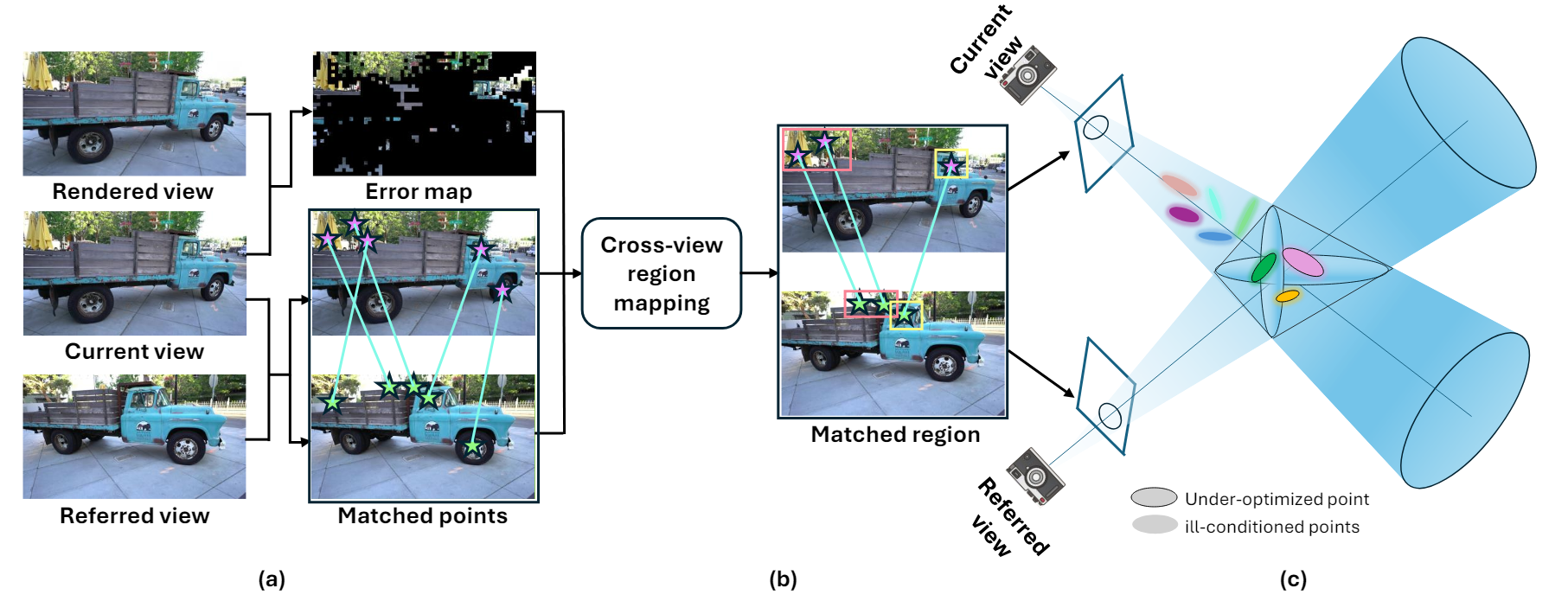
Quantitative Results

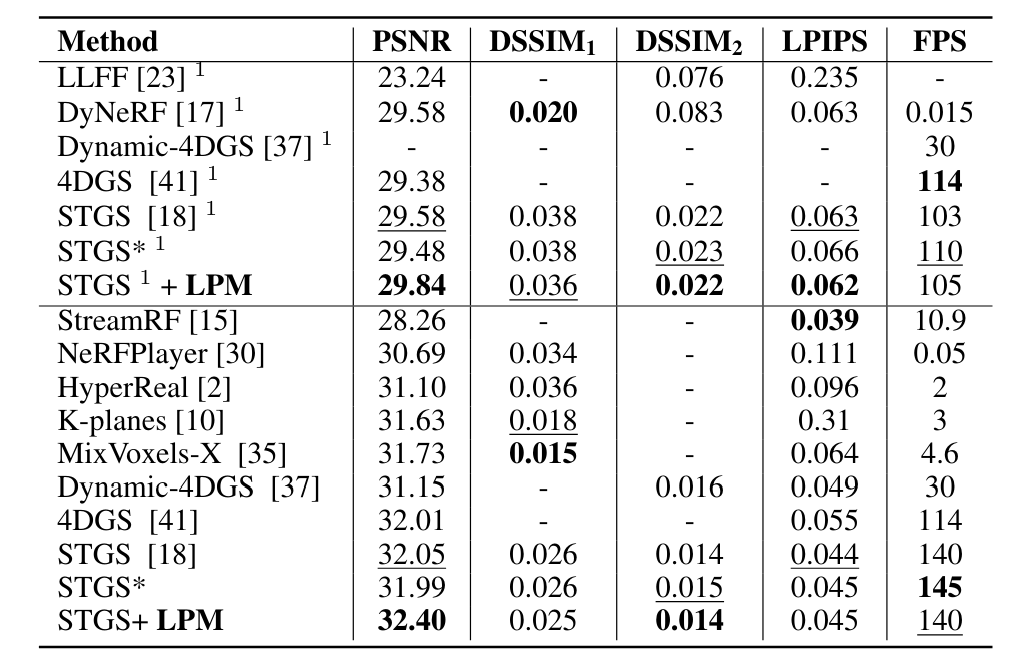
Qualitative Comparisons
